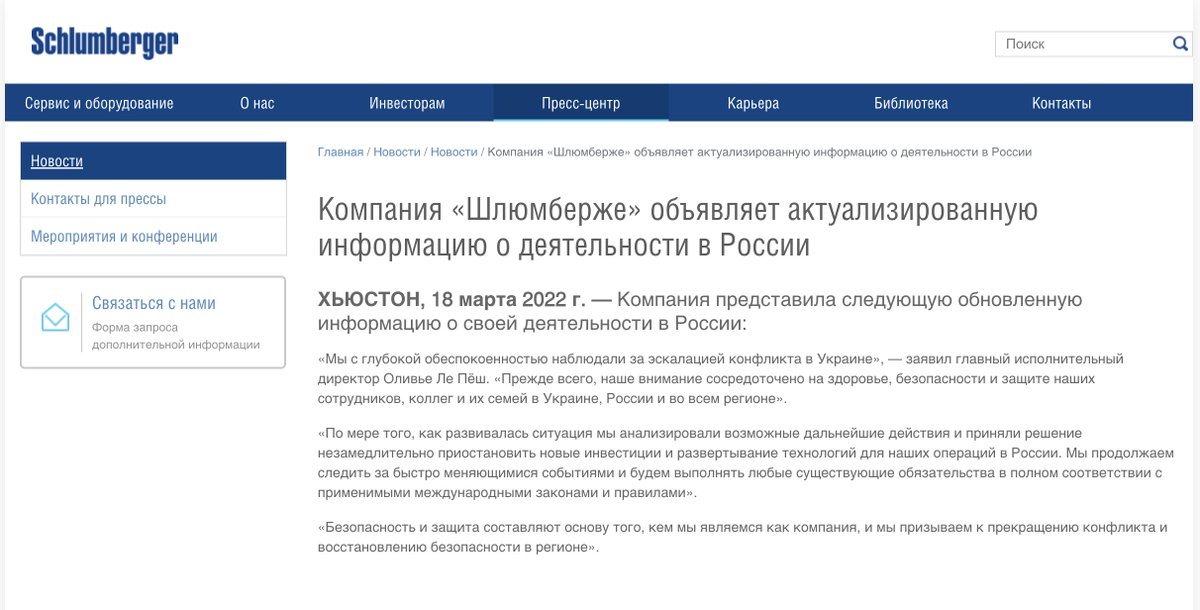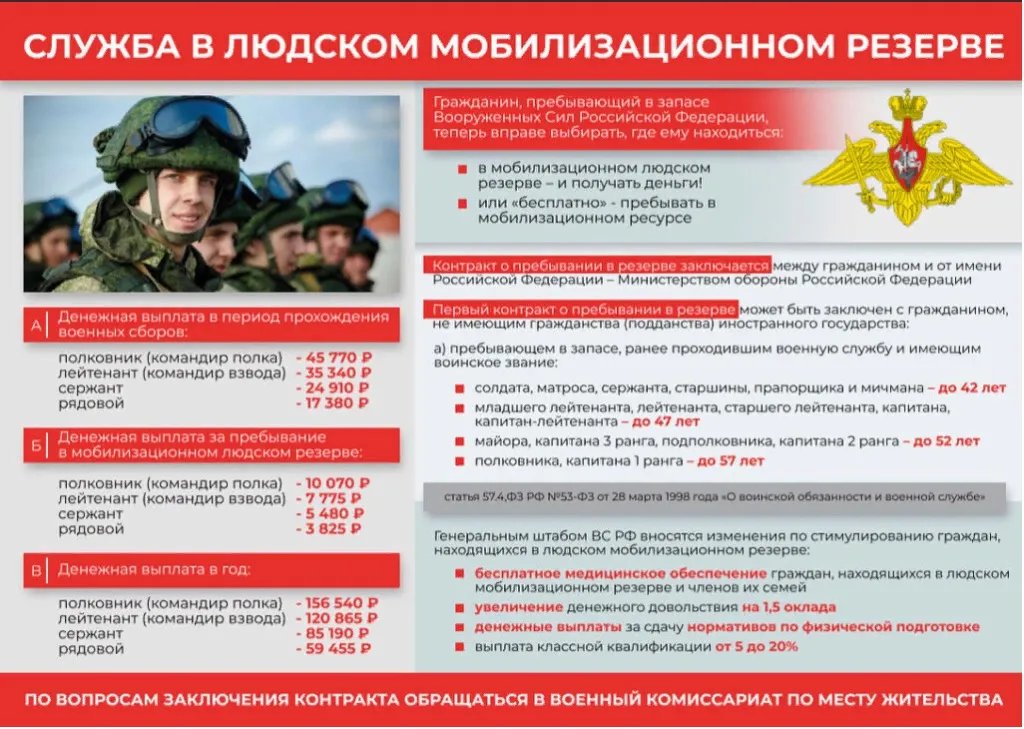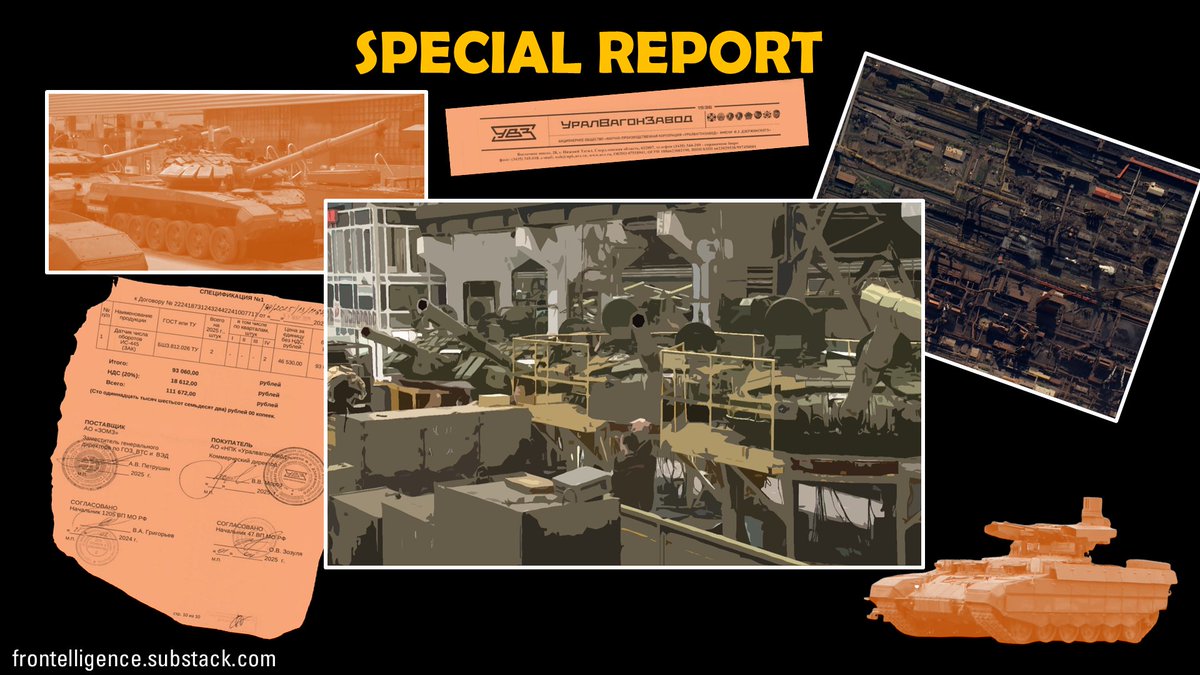Recently, the Russians released a manual outlining tactics to counter Ukrainian assaults. This guide draws from recent encounters with the 23rd Mechanized Brigade in June and July 2023, particularly during their liberation of Novodarivka and Levadne. 🧵Thread: 

2/ It's crucial to note that the Russians are presenting their perspective on Ukrainian units and their actions, based on their experience with a single Ukrainian mechanized brigade. This viewpoint should be carefully weighed before extrapolating it to the whole frontline.
3/ Russians describe the following configuration used by Ukrainian units:
Assault teams comprise 20 members, divided into four subgroups of five. Two groups are assault subgroups. The third serves as a consolidation subgroup. The fourth functions as a reserve subgroup.
Assault teams comprise 20 members, divided into four subgroups of five. Two groups are assault subgroups. The third serves as a consolidation subgroup. The fourth functions as a reserve subgroup.
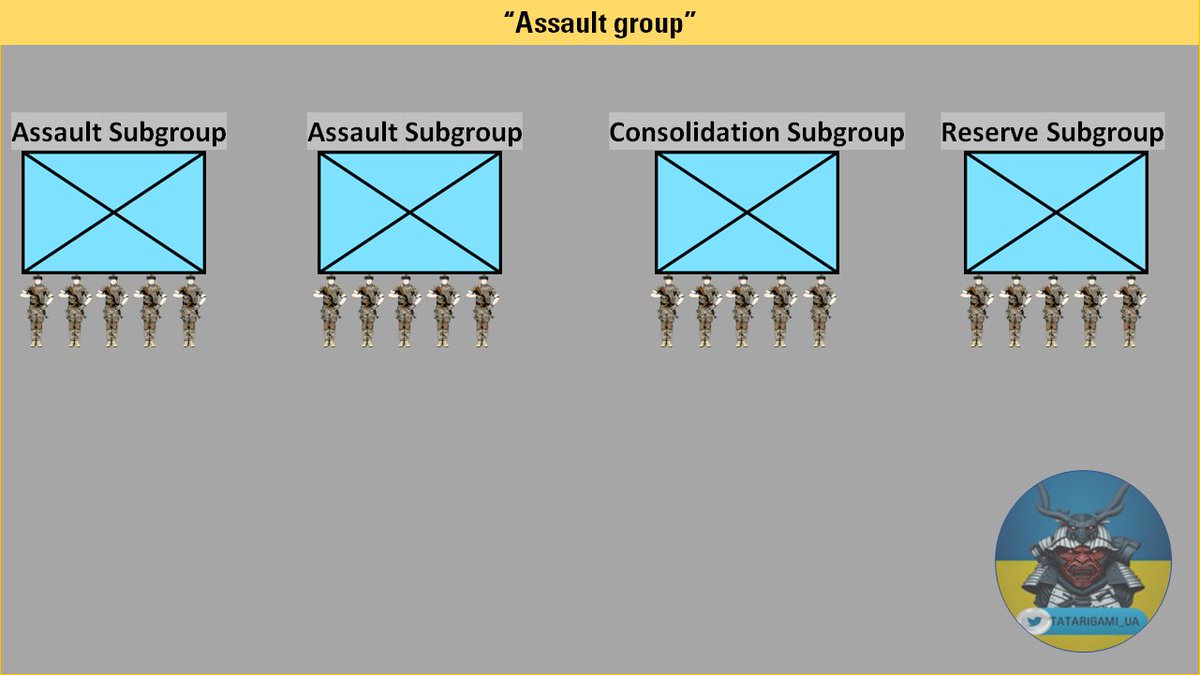
4/ Each 'team of five' must include a machine gunner and a radio operator. The number of grenade launcher operators is determined based on the situation. The recommended intervals and distance between soldiers are 7 meters 
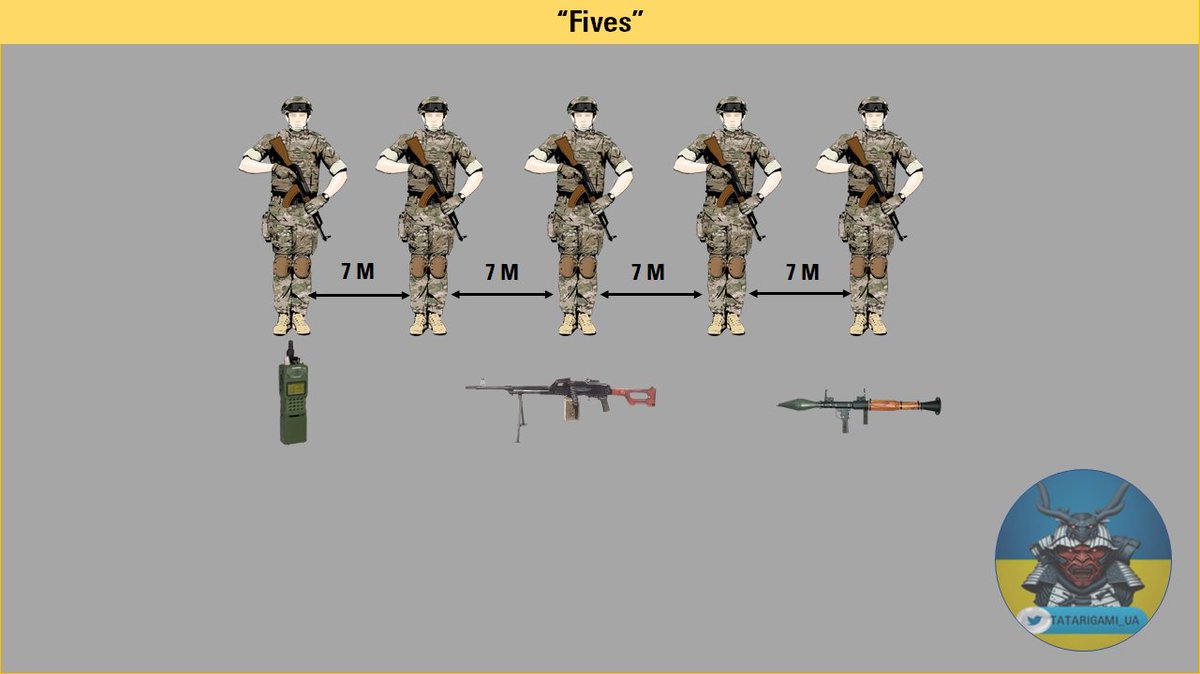
5/ Primary functions of the assault subgroups (fives):
- 1st assault subgroup: advances forward covertly and engages with the enemy, contains the enemy upon detection, and secures positions once the task is accomplished;
- 1st assault subgroup: advances forward covertly and engages with the enemy, contains the enemy upon detection, and secures positions once the task is accomplished;
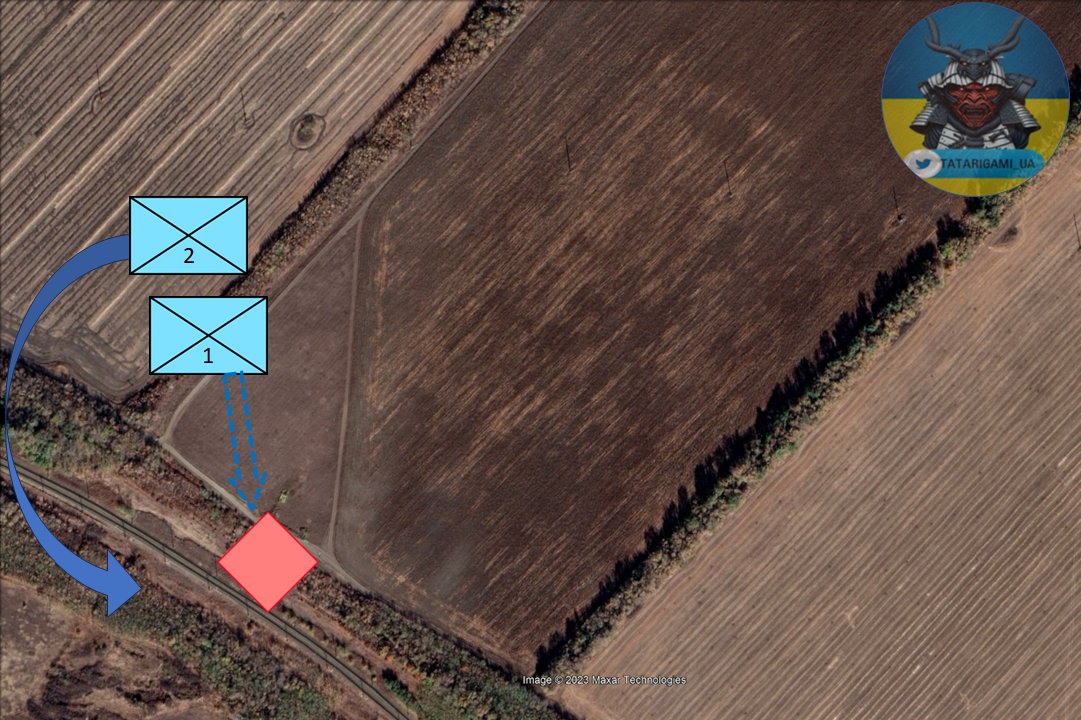
6/
- 2nd assault maintains visual distance with the 1st group, reports passage of the first group's to others, and after 1st "five" initiates firefight, the subgroup performs flank maneuver or rear approach; If the first group retreats, it covers it;
- 2nd assault maintains visual distance with the 1st group, reports passage of the first group's to others, and after 1st "five" initiates firefight, the subgroup performs flank maneuver or rear approach; If the first group retreats, it covers it;
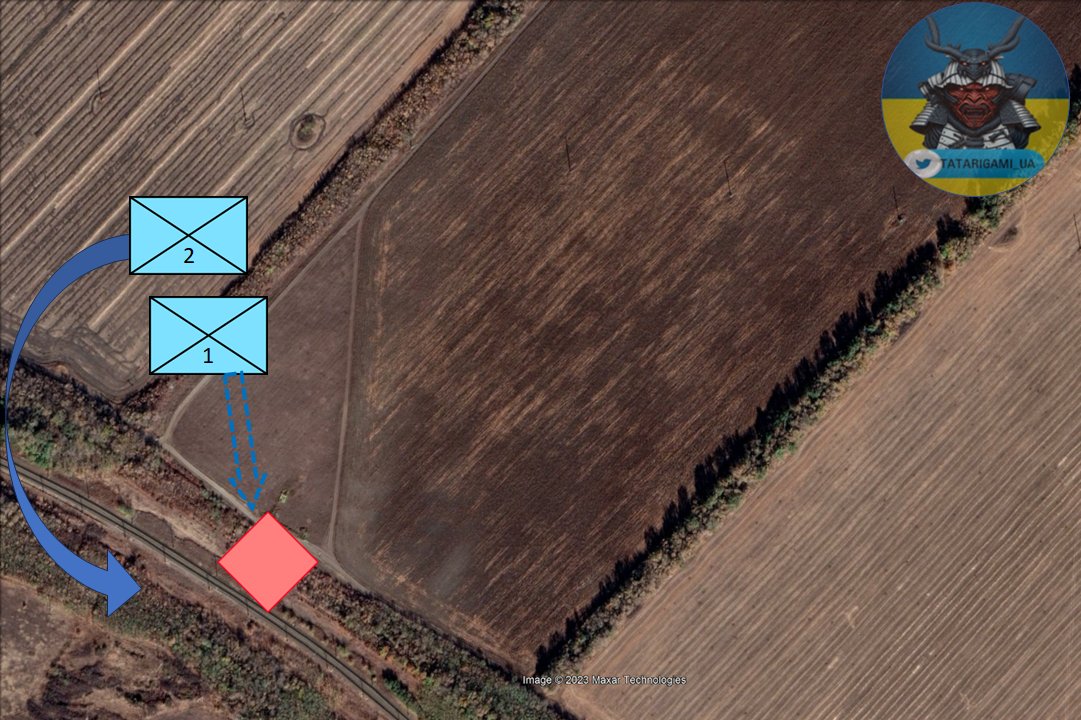
7/
- 3rd (consolidation) subgroup maintains a distance of 50-150m from the 2nd subgroup, aiming to set up positions to consolidate gains. If initial assault fails, they dig in, to facilitate reinforcement for further assault or to cover the retreat of the leading groups;
- 3rd (consolidation) subgroup maintains a distance of 50-150m from the 2nd subgroup, aiming to set up positions to consolidate gains. If initial assault fails, they dig in, to facilitate reinforcement for further assault or to cover the retreat of the leading groups;
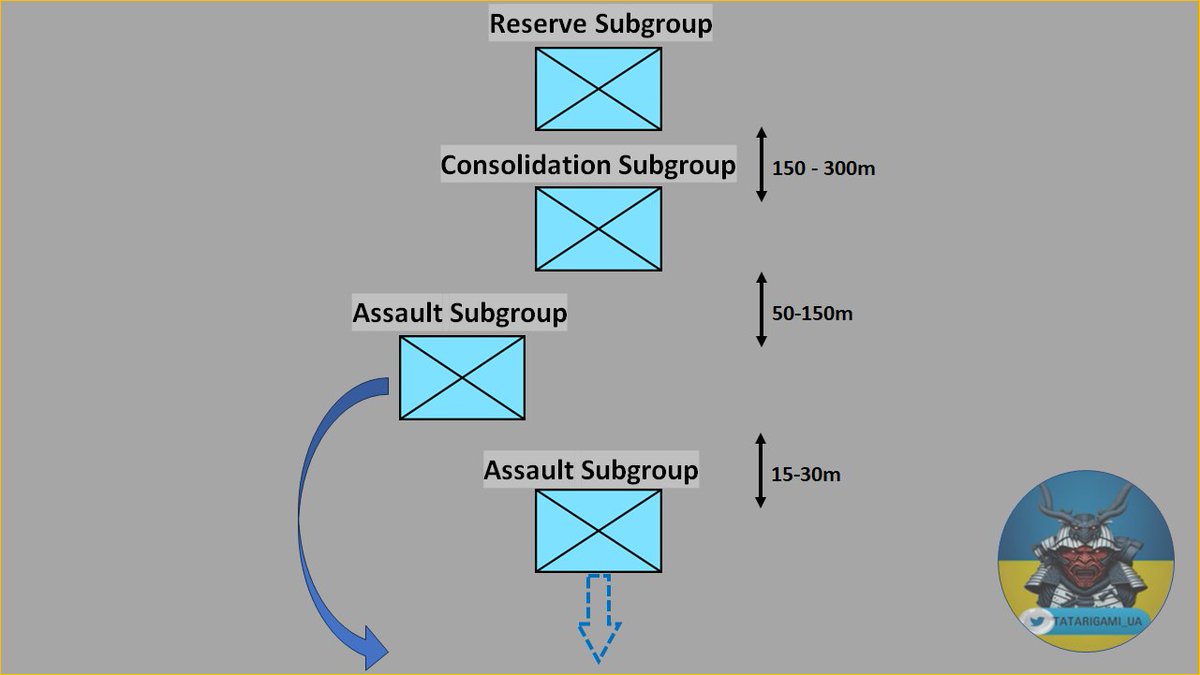
8/
- The 4th (reserve) subgroup remains within 300m from the 3rd subgroup and forms a hypothetical rear for supply, evacuation, and fire support groups. Ready to serve as reserve, if advance succeeds - it exploit gains, if enemy reserves approach, it moves out to counter them.
- The 4th (reserve) subgroup remains within 300m from the 3rd subgroup and forms a hypothetical rear for supply, evacuation, and fire support groups. Ready to serve as reserve, if advance succeeds - it exploit gains, if enemy reserves approach, it moves out to counter them.

9/
The russians underline the successes of this tactic, acknowledging its contribution to capturing russian positions. In response, they stress the efficacy of employing anti-personnel mines, citing the near-impossibility of clearing all mines in such scenarios.
The russians underline the successes of this tactic, acknowledging its contribution to capturing russian positions. In response, they stress the efficacy of employing anti-personnel mines, citing the near-impossibility of clearing all mines in such scenarios.
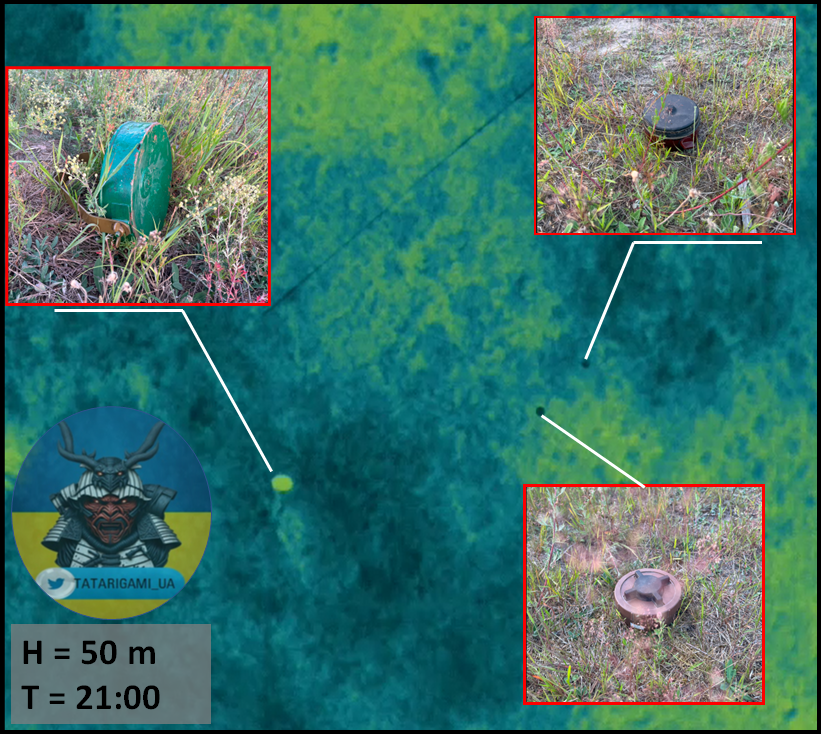
10/ They also recommend establishing deceptive positions that appear genuine, intermittently engaging in fire from these false locations, and simulating activity there. They advise occasional communication device use from these positions.
11/ Russians note that units traveling by foot, particularly those carrying heavy equipment like AGS or mortars, experience rapid physical exhaustion. However, they don't elaborate on how this vulnerability can exploited.
12/ In summary, I'd like to highlight that their Anticipation-Action-Reflection time has notably shortened. This enables them to grasp and adjust to our tactics much faster compared to the past, when it used to take russians months to adapt
13/ Simultaneously, they didn't present an innovative approach to counter these tactics, apart from referencing already employed methods like deploying false positions and mines.
14/ As the war continues, we see fewer large formations and increasing use of small tactical units, which present less visible targets compared to mechanized units. The latter have become frequent targets for FPV drones, ATGM teams and AT mines.
• • •
Missing some Tweet in this thread? You can try to
force a refresh



